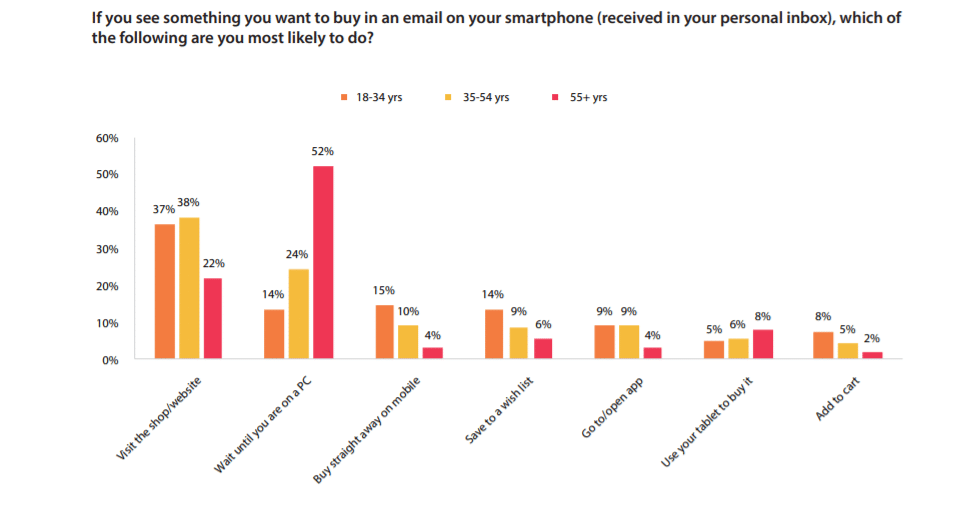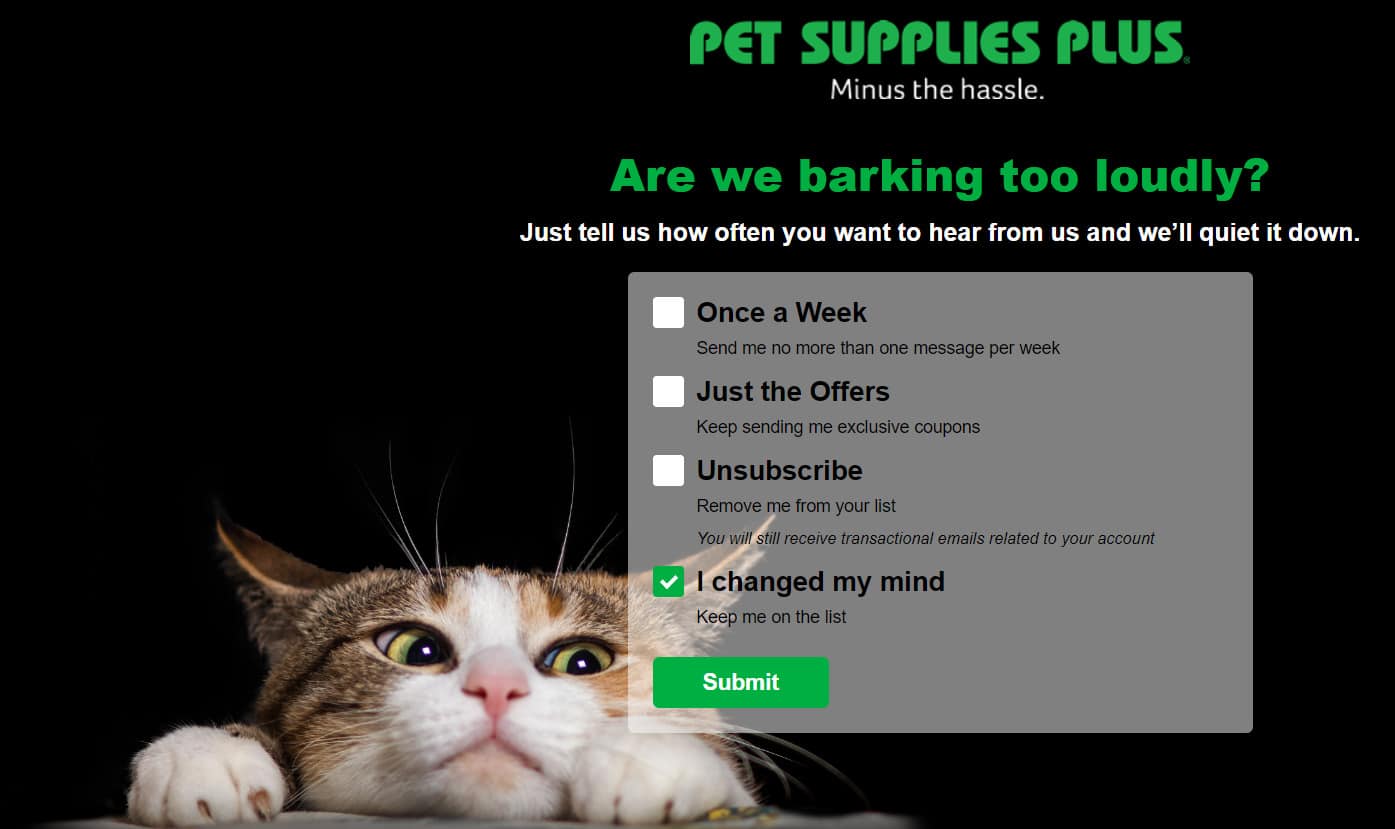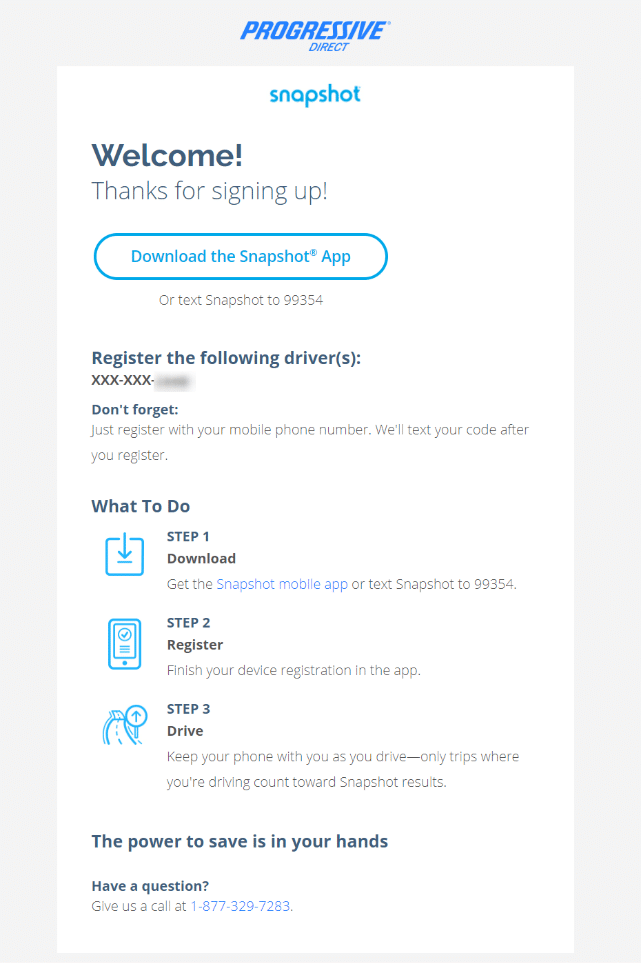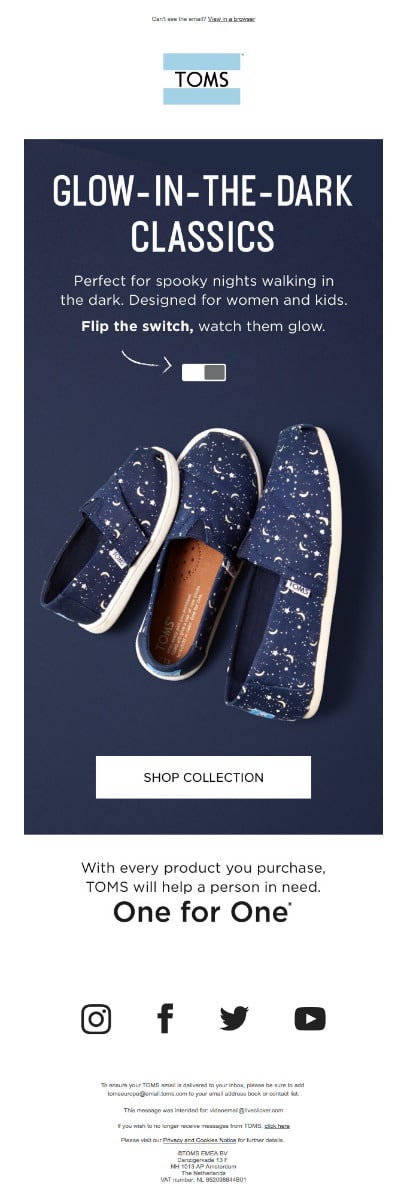How to write a welcome email that gets results
First impressions are important.
Everyone wants to start new customer relationships on a positive note.
Your welcome email is the perfect opportunity to build wholesome and engaging relationships with your leads and customers.
Emails are effective too. Research has found that customers who open and read your welcome campaigns tend to spend 58% more than those who don’t.
We have more good news. Welcome campaigns deliver an average 50% open rate – 86% higher than standard campaigns.
As a marketer, it’s smart to take advantage of that statistic by perfecting your welcome campaigns for every new subscriber.
Below, you’ll find the latest tips, best practices, and examples for optimizing your welcome campaigns to meet your goals – whatever they may be.
How to create a welcome email that gets results
It’s true that you’re facing a lot of pressure to get your welcome email right. A little planning goes a long way to nailing the perfect long-term email strategy – starting with a warm and impactful welcome.
1. Start with a strategy and goal
A welcome campaign is only the beginning of a larger email marketing strategy. Before you schedule your welcome campaign, consider the larger goals of your email marketing plan.
Do you want to encourage subscribers to:
-
Visit your website?
-
Subscribe to your YouTube channel?
-
Purchase your products?
-
Learn more about your services?
-
RSVP to your events?
-
Take your courses?
Once you decide on a goal (or a few), you can begin to build authority and trust starting with your welcome campaign.
2. Stick with a consistent template
Consistency is important for building trust with your audience – and that includes your email design.
Put some thought into your template before you write any words for your welcome campaign so you can use it for future campaigns.
Consider every piece of your design, including:
-
Preheader
-
Logo
-
Copy and accent colors
-
Link colors
-
Image filters
-
Graphic style
-
Footer
-
Fonts (not every font is available on every email client)
3. Create an automated onboarding welcome email series
Customers who open welcome emails tend to have a larger lifetime value than those who ignore them.
But there’s a catch: research found that opening and reading three welcome campaigns is the secret to success.
To make sure subscribers open the first welcome email, you can schedule your campaign to resend a second time to subscribers who didn’t open it.
It’s also worthwhile to create an automated onboarding series.
Adding too much content to your welcome campaign can feel overwhelming to newbies – but you have a lot to say. Instead, spread your content out over a few campaigns and resend ones that go unopened.
4. Nail the subject line of your welcome email
Even with a stellar average open rate of 50%, your welcome email subject line still matters.
Personalize your subject lines as much as possible to form a connection with your subscribers from the very start. Research shows that personalized subject lines can increase your open rates by 26%.
Including your subscriber’s first name is great, but you can go a step further. Consider where each subscriber signed up from (like a certain blog niche or lead magnet) to gain insight into their interests.
5. Optimize your welcome email for mobile
Over half of emails are opened on mobile devices. More than 70% of adults under 35 say they tend to open emails on smartphones.
However, you should also keep in mind that people tend to read the same email on multiple devices. They might first open an email on their smartphone, then access it again later to complete a purchase on their laptop.
Source: DMA
Mobile-friendly or responsive design is key. Mobile-friendly looks the same on every device, while responsive design identifies the subscriber’s device and updates when they open the email.
Using a single-column layout, large typeface, and call-to-action (CTA) buttons instead of hyperlinks are all effective tactics.
6. Find your email voice and tone
It’s not only what you say, but how you say it.
Email is a personal method of communication. 59% of people across all age groups say they prefer email over other channels, and people enjoy that they’re in control of the situation.
Use your welcome email as an opportunity to have a conversation with your new subscribers.
Of course, you don’t want to diverge too far from your blog and website voice, but you can get a little more conversational with email. Make it feel like a one-on-one chat.
Barebones absolutely nails it in the following example.
Source: Really Good Emails
7. Offer reassurance for their decision to subscribe
A little appreciation goes a long way. Show you care.
Thank your subscribers for signing up and highlight some of the benefits they can enjoy from your future campaigns.
Keep things short and concise here. No need to write a novel.
Welcome campaigns are a wonderful place to promote some of your best evergreen content – like blog posts, eBooks, podcasts, or video. Plus, this content will help demonstrate your authority.
8. Include an incentive in every welcome email
Let’s get real. Blogs and reading are fun, but people sign up to brand email lists for the perks.
Between 70% and 80% of people say discounts and promotions are their favorite email marketing content.
Unsurprisingly, it’s common for brands to start things on a happy note by including a hefty discount code in their welcome email.
9. Include a link to your preference center
You never can be sure how often people want to receive your emails.
Do they only want promotions? Should you send more than one email per week?
There’s only one way to figure all this out: ask. Set up a preference center and let your subscribers know right away in their welcome email that they can adjust their email frequency and topic preferences.
Over 40% of people say they unsubscribe from mailing lists either because they receive too many emails (in general or from a specific company). A preference center makes it easy to set ground rules right away.
Pet Supplies Plus has an adorable and straightforward preference center.
Source: Pet Supplies Plus
10. Add awesome multimedia to your welcome email
What would a great welcome campaign be without slick graphics?
Images are great, but make sure they’re highly relevant to your copy. Nielsen Norman found that people get confused or annoyed by ambiguous images.
It’s also worthwhile to include infographics about your industry or company.
Unfortunately, videos don’t embed in email campaigns, but you can include a link to a video with a thumbnail. Custom GIFs are useful for explaining complex instructions or ideas where video isn’t an option.
11. Don’t neglect the branding
Your brand’s colors can dictate the layout and style of your email design. Make sure to nail down a specific brand strategy and stick with it.
Include your logo at the top of your welcome email and possibly some mini logos over any images.
You could also have one specific person at your company – like the head of sales or marketing – author the email and sign their name at the bottom.
It’s hard to ignore the blue Progressive colors here.
Source: Gmail
12. Add a few relevant CTAs to your welcome email
With standard promotional emails or other marketing material, one CTA is best because it removes the subscriber’s burden of making a decision.
If you don’t plan to send a welcome series, feel free to include a few CTAs in your welcome campaign. Give subscribers some choices so they can find something that speaks to them.
Smart options include links to landing pages about your values, team members, history, and product pages.
Sirius XM included a few options here, and the email is personalized as well.
Source: Gmail
13. Get interactive in your welcome email
Interactive elements encourage your subscribers to start clicking, which boosts engagement. Plus, clickable stuff is fun.
You have a few different options for adding interactive elements to your email:
-
Quizzes
-
Games
-
Polls
-
Menus
Source: Really Good Emails
14. Provide options for subscribers to connect
While it’s true that almost everyone with internet access has an active email address, it’s also true that they hang out on multiple social platforms.
It’s a solid idea to include links to your social media account at the bottom of every email in the footer.
However, you can also include a special space in your welcome campaign to promote your social accounts so subscribers know where to find you.
Facebook, Twitter, YouTube, WhatsApp, Instagram – pick a few of your most active channels and let subscribers know how to find you.
Wrap up
The key to creating an effective welcome email is proper planning. These are a few tips and best practices to keep in mind:
-
Nail down your brand colors, logos, and voice.
-
Set a long-term goal.
-
Include engaging content, like multimedia or interactive elements.
-
Provide a few CTAs to choose from.
-
Make it easy for subscribers to connect with your brand.
-
Let subscribers choose how often they’ll receive emails from you.
Looking for more welcome email examples? Check out these nine emails that had us at “hello.”
MOST RECENT ARTICLES
Want to engage your audience and grow your brand? Try Emma's robust easy-to-use product today.



















